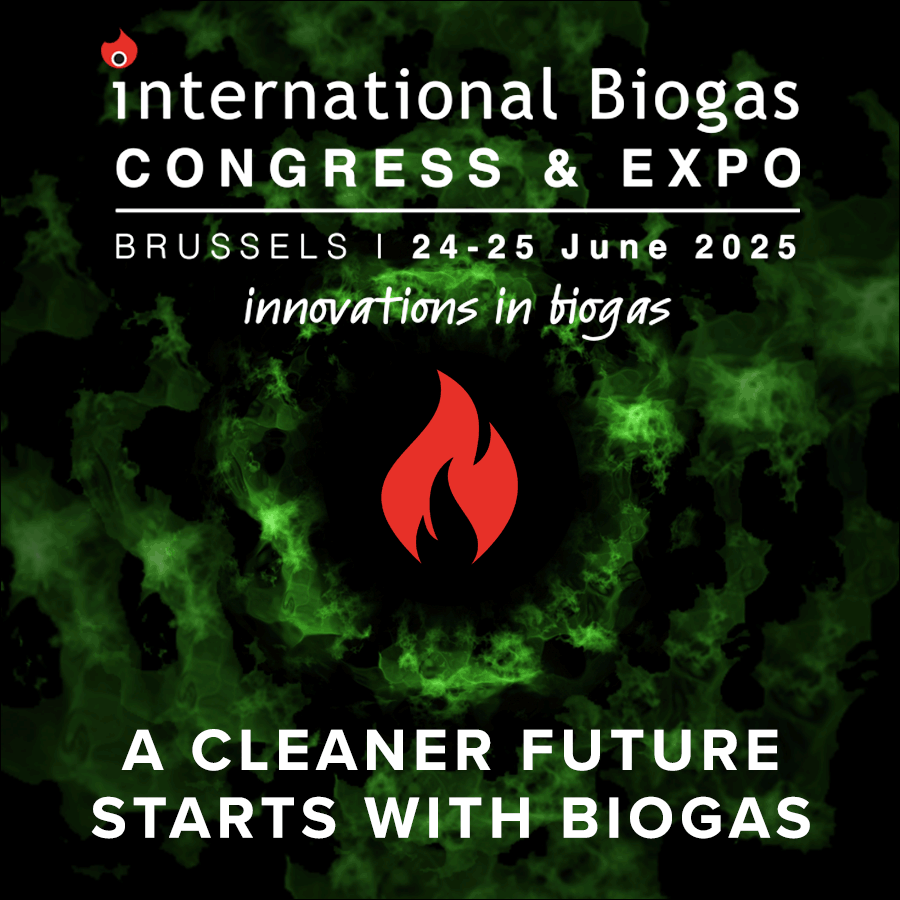South African Biogas Industry Association sets out priorities
Some of these challenges include South Africa's government direction on biogas, access to funding, regulations and feed-in tariffs, developing the market and limited available research.
Sabia is strengthening its operating model to better serve the industry, including through the appointment a permanent CEO and industry analyst, who Sabia secretary general Alberto Borello said would be announced soon.
He spoke during the association’s Vision 2030 conference hosted on October 12.
The association has, since its establishment in 2013, been lobbying for the industry’s advancement. Biogas currently does not have the regulatory, policy and market financial support that solar photovoltaic or wind power has, despite its immense potential, the association states.
Recently, it established six working groups to advance various objectives. The working groups will focus on the financial sustainability of the biogas industry, creating industry standards and policies, the promotion of biogas in feedstock production, technology commercialisation and developing training material, besides other objectives.
Sabia ultimately aims to treble its membership in the next 30 years, advance the growth agenda of biogas in Southern Africa, build industry entrepreneurial, management and leadership capacity and capabilities, and more effectively serve as a collective industry voice.
Borello said the biogas sector could contribute to reaching important goals such as meeting Paris Agreement goals and creating 30,000 permanent jobs within the next five years in South Africa, as well as another 140,000 temporary jobs in respect of the construction of infrastructure.
Biogas can also effectively minimise waste going into landfill, as envisioned by the South African National Waste Management Strategy of 2021, which has introduced targets for waste diversion from landfill of 45% in five years and 70% in 15 years.
Biogas is an effective energy carrier widely used in combined heat and power production, as well as vehicle fuel. It is produced from a range of biomass sources and waste, while the digestate, in turn, is an organic fertiliser.
Borello considers biogas a key transition fuel in the switch from fossil fuels to renewable energy and a perfect example of the circular economy.
According to Sabia, biomethane has no mixing restrictions or special infrastructure requirements and is the easiest fuel to produce on a large scale.
At its full potential, anaerobic digestion and biogas can deliver a 15% reduction in South Africa’s greenhouse-gas emissions by 2050, Sabia stated.
Sabia is promoting the production of biogas as a climate change mitigator for all levels of government, the inclusion of biogas in the Integrated Resource Plan (IRP) of South Africa, and is creating a roadmap for biogas to get to 1.25 GW of energy generation in five years’ time and to a 10 GW potential thereafter.
The association said it believed there to be 4.7 GW of energy generation potential in the chicken industry alone, followed by 2 GW of potential in the municipal solid waste industry and 1.1 GW in the agricultural sector.
South Africa currently has about 30 MW of installed biogas capacity, across various industrial projects in the country, of which most comprise anaerobic digestion.
Borello confirmed that Sabia was engaging with the Department of Mineral Resources and Energy to ensure biogas was included in the next revision of the IRP, which was due in March next year.


















